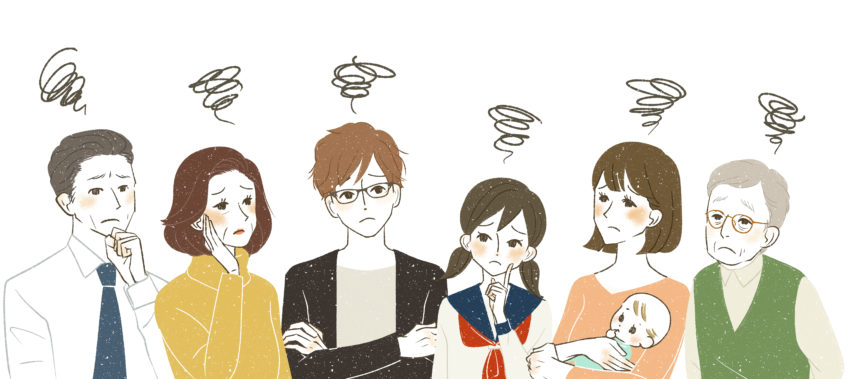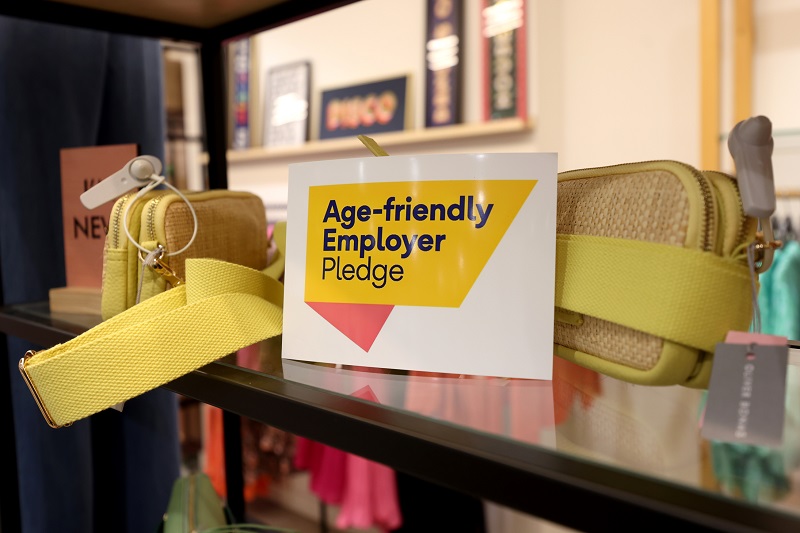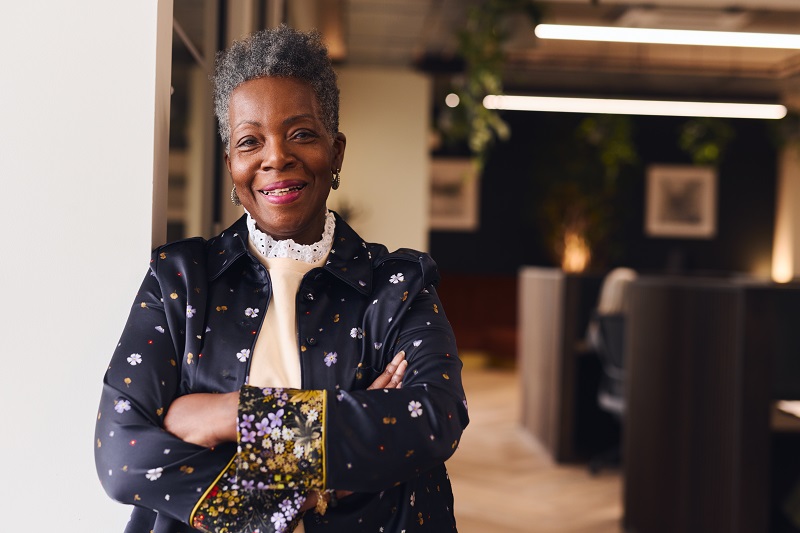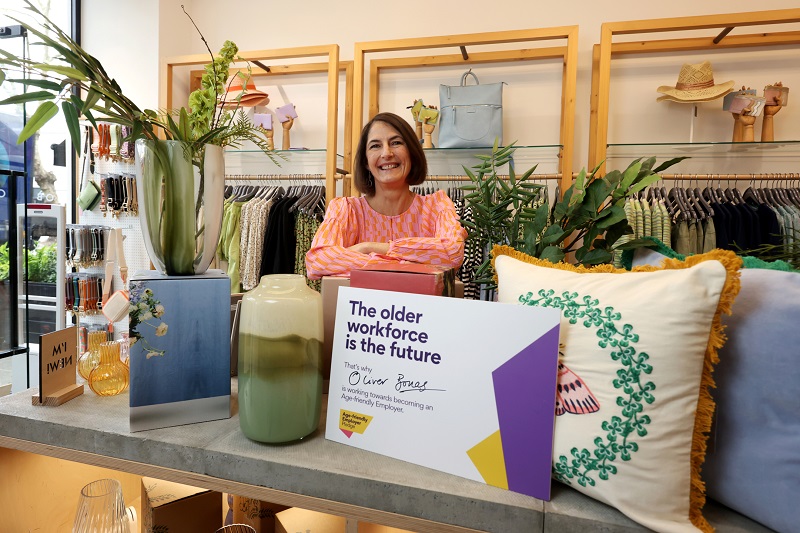It’s one of the most haunting books of the last decade. The Leftovers, by Tom Perrotta, opens several years after 2% of humanity has disappeared from the face of the earth. One minute they’re there the next minute they’re gone.
Once the initial shock wears off, life continues pretty much as normal for the remaining population. But everyone is in a psychological daze. Some people live in the past, haunted by the loss of their relatives. Others adapt by running away and starting afresh elsewhere. Many rebel, behaving in ways they would never have done previously. While on the surface, not much has changed, in reality everything has changed.
Now let’s do a little thought experiment. You’re sitting in your office one fine day, there’s a flash of lightning, and part of your workforce has suddenly disappeared! Everyone between the ages of 45 and 55 is gone.
You’ve probably lost some pretty senior members of staff, after all, 45-55 is a classic age for people to take up top leadership positions. How much knowledge has just disappeared into thin air? I’m guessing an enormous amount because these are people who have been working for many years. No matter what position they hold, they have accumulated decades’ worth of experience that even your most talented younger staff can’t match. Your business is going to suffer.
Depending on your sector, you may also have lost people with valuable networks. Those are going to be hard to replicate. What about institutional memory? Chances are that you have just lost some of your most longstanding employees. When they have gone, some of your company’s history and character will be lost, too. And without their knowledge of what has gone before, prepare to repeat some mistakes.
This experiment is happening for real
As life expectancy rises and pension provision becomes less generous, there is the very real prospect that working for 50 to 60 years will make it even more difficult to stay on one career trajectory. It is only natural that people working for that long will want, at some point, to stop, re-evaluate, take time out to pursue other interests or explore other avenues. Given the ability to do so, many individuals will choose to change their role, work less and/or take more time to pursue personal passions in our later working years, or to care for other family members. Research by Carers UK showed that 2.6 million people have left their job to care for a loved one who is older, disabled or seriously ill, and nearly half a million of those have left their job in the last two years.
This will lead to companies to experience an exodus of talent and experience, just as the pipeline of younger people coming through dwindles. Should your recruitment strategy change if it becomes normal for people in their 40s and 50s to temporarily drop out, wind down or retrain? What about retention: how can you keep your best people under these circumstances? And what kinds of skills will you need to give your staff to help them through this part of their career?
You need to find ways to help everyone work together in a productive way and gain the full benefit of a multi-generational workforce. For example, how can you help your older workers transmit the knowledge and experience they have gained over decades to their younger colleagues, and in turn encourage younger colleagues to share their own unique knowledge with older generations?
You also need to create policies which prevent discrimination against your older employees and create an environment in which different generations can work productively together. But policies, on paper, will make no difference. Not unless your team members have genuinely bought in to your vision of a company where people of different skills, abilities and experience work together, supporting each other and drawing on each other’s strengths.
• Start by rolling age into the initiatives you run in any case around diversity.
• Create cross-generational mentoring programmes to share that knowledge.
• Intolerance of ageism should be a given, just like intolerance of sexism and discrimination against minorities is now a norm.
• Help the generations working together see that they’re dependent on each other’s success.
• Encourage them to work together in age-diverse projects, so they can develop trust and work together for a common goal. Team-based incentive and reward systems work particularly well.
• Acknowledge inter-generational tension when it happens, and deal with it. Do not allow conflict to bubble under the surface and fester, because it will affect your work environment.
• Introduce a midlife review programme for your 50+ talent
Of course, none of this happens on its own. The top layers of management must be absolutely committed to respecting age diversity and reaping its benefits. This means proactively thinking about how you need to structure and change your business, to bring it about.

Steve Butler is the author of new book The Midlife Review: A Guide to Work, Wealth and Wellbeing, published by ReThink Press and available in paperback and ebook from amazon.co.uk, priced at £12.99









